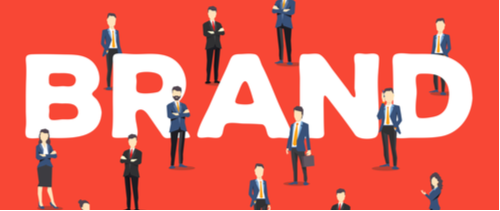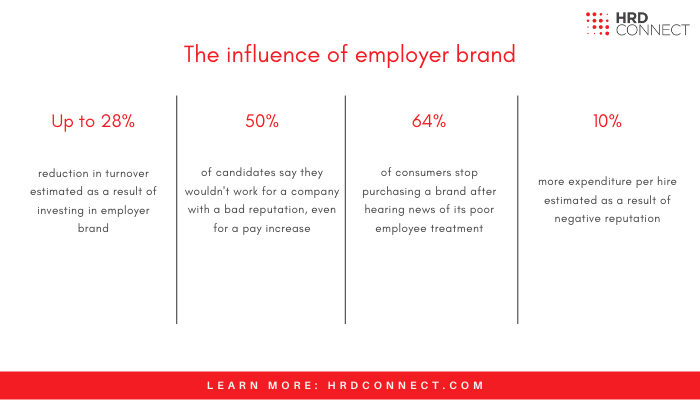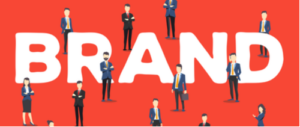HRD Deep Dive: D&I - The key to a great employer brand?
- 6 Min Read
The events of the past year have thrust both employer brand and D&I into the spotlight. But how can the two combine in a meaningful way?
- Author: Sam Alberti
- Date published: Jan 6, 2021
- Categories

Given the dizzying disruption of the past nine months, only the most audacious would attempt to forecast the events of 2021. That said, it is simply human nature look ahead and calculate the next move, and this principle applies to the world of business and HR as much as any other.
What’s more, with the lessons learned in 2020, it’s likely that a few key topics in particular are going to be echoing through the (virtual) corridors of organizations worldwide. Notably, the need to support, nurture and ultimately retain key talent throughout the pandemic has brought the notion of employer brand back into sharp focus.
In addition, the tragic and brazen murder of George Floyd on May 25th served to reignite the dialogue around diversity, inclusion, and equal rights; something that naturally trickled down from the public discourse into the corporate world, as most things tend to.
Though disparate on the surface, these two issues have the potential to intertwine in a big way.
Employer brand in 2021
Etymologically, employer brand has existed since the 1990s, but in principle, one can only assume it dates back as far as time itself. And yet, it is still fundamentally modern. In 2021, the Western, traditionalist notion of careerism has all but died. Gone are the days of settling for a job simply to support one’s family. The landscape has shifted, and with it, the criteria.
Today, prospective employees want to see social responsibility emanating from boardrooms. They want career progression; they want recognition and reward; they want a culture to be proud of. All of these things comprise the larger puzzle that is employer brand and, in the eyes of many, they have tangible, lasting effects on business continuity.
There was a time where this would have been hastily dismissed as pseudo-scientific, but today, the literature paints a clear picture. One study even found that investing in employer brand can reduce turnover by 28%, while another reported that 50% of candidates say they wouldn’t work for a company with a bad reputation – even for a pay increase. Unsurprisingly, organizations are increasingly taking this information on board.
Multinational pub and brewery chain, BrewDog, for instance, is a shimmering example of this, weaving corporate social responsibility into every initiative, and keeping employer brand front-of-mind at all times. During a 2016 talk in Glasgow, founder and CEO James Watt spoke to the holistic significance of this approach, outlining what he calls the ‘Internal = external’ mentality, and explaining that “internal culture has got to sync seamlessly with external perception”.
Karen Bates, the company’s director of people, expanded on this in an interview with HRD Connect last year. “If we don’t do the right thing by our teams, they’re not going to want to work with us, and that will show with the customers,” she said.
“We’ve had a lot of feedback saying that, because of how we’ve responded and how well we’ve treated people in the process, people would now come and drink at BrewDog.”
This clearly reflects in the brand’s behaviour. BrewDog is an organization that exudes self-awareness and virtue, churning out initiatives at a frankly startling rate. From declaring itself the world’s first carbon negative alcohol brand to making tongue-in-cheek gestures through a range of politically-themed beers, BrewDog is truly the flag-bearer for creating employer brand through awareness.
D&I – the relationship with employer brand
Naturally then, diversity and inclusion (D&I) represents a significant piece of the employer brand puzzle. As Bates went on to say, “people no longer think ‘I’m just going to go and work for a company to get cash – people now really think about a company’s ethics and values”. And where ethics and values are concerned, D&I currently resides at the epicenter.
What we are seeing as a result is a greater awareness of these issues being woven into the fabric of major organizations. Breakfast cereal company Weetabix is one such example, having unveiled a further narrowing of its gender pay gap last month. According to a press release, the company has closed the median gap from 6.6% to 4.4%, compared with a national average of 17.3%.
Stuart Branch, group people & technology director, Weetabix Food Company, said: “Throughout COVID, we have continued to make strides with our inclusion strategy, helping our people continue to make the difference every day. While we’re still on a journey to further reduce our gender pay gap, we’re pleased with our results and the additional inclusion strategies that we have implemented in the last year.
“Our intention is to help people live better lives by providing better breakfasts, and that starts by creating a work environment which encourages people to bring their best self to work.”
Branch went on to offer HRD Connect some further analysis on how initiatives of this nature can impact employer brand. He said: “We are definitely seeing more applicants and recruits asking about how inclusion is managed at Weetabix. So being honest and transparent about our journey undoubtedly supports our employer brand.
“We want to attract and nurture the top talent and we know that creating a fair, empowering and inclusive workplace culture supports this goal. The ultimate measure of your employer brand is what your current, past and prospective employees say about you, in the ‘casual conversations’ with friends. This is where we hear feedback that we’re making great strides.”
Bates gave similar feedback with regards to BrewDog’s recent initiatives (which include launching a series of special edition beers to raise awareness for issues such as racial and gender inequality) and their influence on employee engagement. “We found that the immediate spike in engagement across our teams has been incredible,” she said. “We’re literally breaking every record on the production line.”
By the same token, one can assume that adverse affects will be felt if the organization is seen to be unsuccessful when it comes to social responsibility. For instance, it was revealed in December last year that black employees at Lloyds Banking Group are being paid nearly 20% less than the average worker, holding just 0.6% of the company’s ‘top’ jobs.
Despite a pledge to increase the occupation of senior roles by black workers to at least 3% by 2025, one can expect (where data is concerned, at least) the organization’s employer brand and commercial success to take a hit as a result.
For instance, studies have revealed that 64% of consumers have stopped purchasing a brand after hearing news of that company’s poor employee treatment, and that negative reputation costs companies at least 10% more per hire.
All things considered, it stands to reason that in 2021, organizations must seize the opportunity to increase their understanding and awareness of the social issues that stoke the fires of disgruntlement the world over, and that matter to employees, prospective employees, and the public at large.
If devised and executed correctly, such initiatives could bring about untold benefits for companies of all shapes and sizes.






